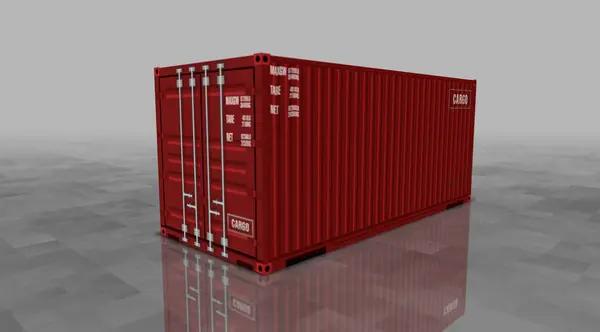The transportation industry, specifically the less-than-truckload (LTL) sector, is a critical component of global supply chains. It involves moving small freight or shipments that do not require the entire space of a truck. As with any business entity, LTL carriers aim to maximize their profit margins while providing exceptional service to their clients. However, analyzing the profit margins of these carriers can be quite intricate due to several factors in play.
Profit margin is an essential indicator for gauging the financial health of any business. In essence, it illustrates how much out of every dollar in sales a company actually keeps in earnings. For LTL carriers, this figure is influenced by numerous elements such as operational efficiency, fuel costs, pricing strategies and market competition.
Operational efficiency plays a significant role in determining profit margins for LTL carriers. Efficient operations reduce wastage and improve productivity thus increasing profits. This includes effective route planning to minimize travel time and distance covered; proper maintenance of vehicles to avoid breakdowns; use of technology for real-time tracking and management; and training staff for optimal performance.
Fuel costs are another major factor affecting profitability as they constitute a substantial part of operating expenses for LTL carriers. Fluctuating oil prices can significantly impact profit margins either positively or negatively depending on whether prices rise or fall respectively. Therefore, many companies hedge against this risk by implementing fuel surcharge programs which adjust charges based on changes in fuel prices.
Pricing strategy also has an immense impact on explore the website profitability of LTL carriers. Pricing should ideally cover all costs incurred during transit including loading/unloading fees, toll charges among others while still leaving room for reasonable profit after considering market rates.
Market competition further complicates analysis as it influences pricing power which directly impacts profitability levels within the industry sector at large. Intense competition often leads to price wars resulting in reduced rates hence lower profits unless offset by increased volumes or improved efficiencies.
In conclusion, analyzing the profit margins of LTL carriers involves a comprehensive look at various internal and external factors. It requires an understanding of industry dynamics, cost structures, operational efficiencies and pricing strategies among others. Although complex, this analysis is crucial for decision making regarding investment in technology, route optimization strategies or even entering new markets. It ultimately aids in ensuring sustainable profitability while maintaining high service levels for clients in the ever-evolving transportation landscape.




